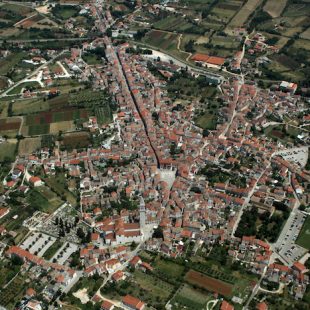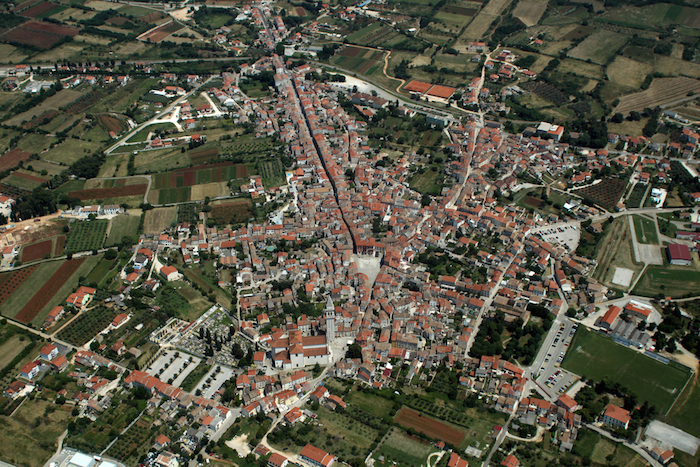
Why go to Egypt to see mummies, when you can see them in Croatia?
If you’re looking to experience an authentic Croatia that has managed to resist the changes many other popular European tourist resorts have been subjected to, the sleepy town of Vodnjan in Istria is likely to appeal.
Ten kilometres to the north of Pula, Vodnjan is off the tourist map. With stunning architecture and authentic, timeless character, this tiny Istrian town is a great spot to contemplate Croatian life.
Vodnjan does however horde a somewhat macabre yet exciting feature, which lies inside the town’s unique 18th century Baroque Church of St. Blaise. While the church is pretty and interesting on the outside, it’s the interior which really brings in the crowds – mummies.
In a separate room behind the church’s main altar lie the mummified remains of six saints. Enclosed under a glass tomb are the clothed bodies of St Nicolloza Bursa, St. Ivan John Olini and St. Leon Bembo. The remains of three other saints also lie under the glass. The mummified corpses look curiously wooden.
The glass enclave houses hundreds of other interesting ancient relics, some of which are irrefutably gruesome, such as the tongue of St. Mary of Egypt, which has also been preserved.
While meandering among the creepy exhibits, a recorded guide informs visitors about the life and death of the mummy saints, and how they came to rest in the tiny Istrian town of Vodnjan.
The Church of St Blaise boasts an interesting story itself and is a well-known pilgrimage site, bringing more than 15,000 worshippers to the town each year.
The story goes that the church was built with 13,000 gold coins and involved all the locals putting in 10% of their wine, olive oil and wages in order to fund the church.
Construction of the church started in 1760 and was not complete until 40 years later in 1800.
If you fancy experiencing Istria’s creepier yet utterly fascinating side, taking a trip to the tiny town of Vodnjan won’t disappoint.



